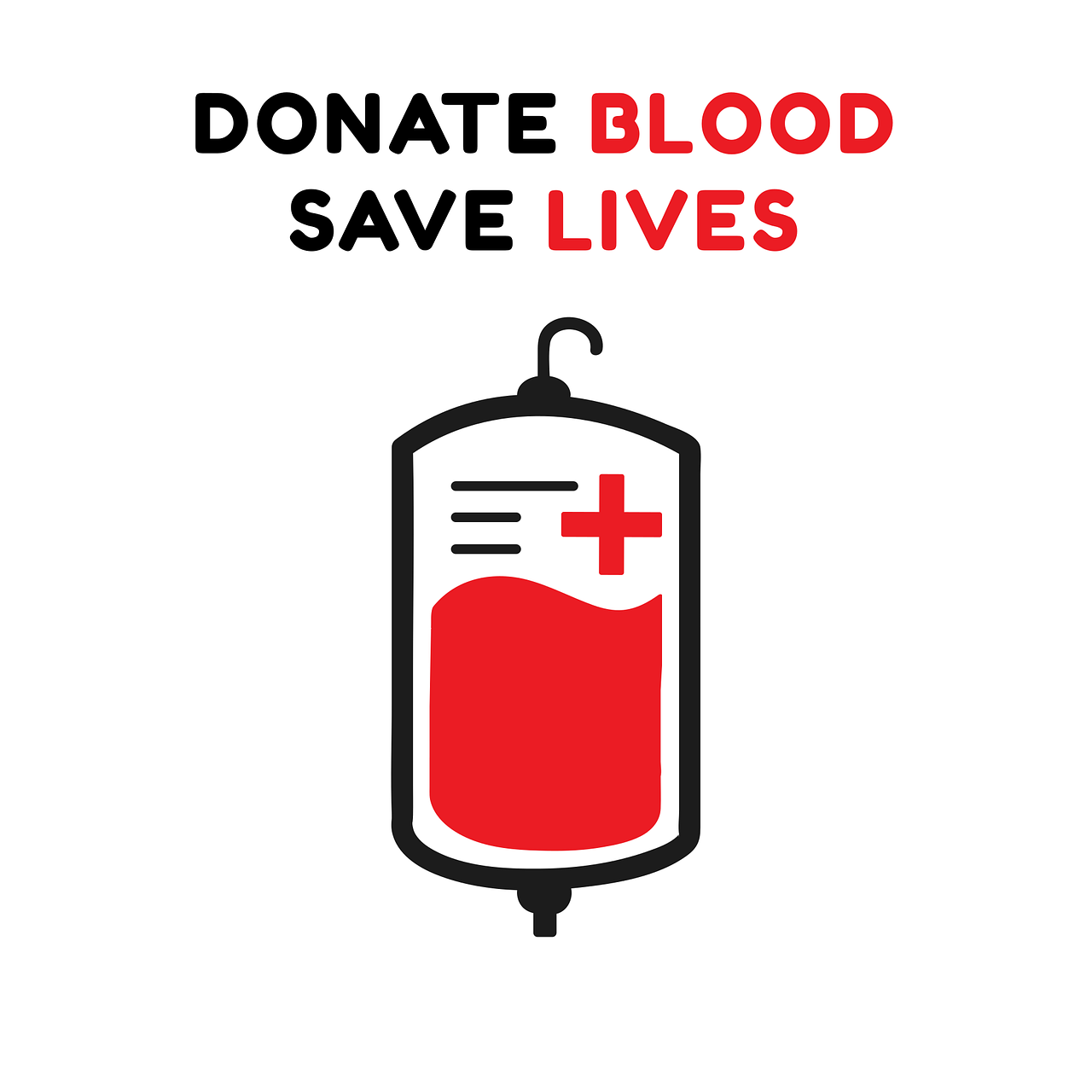Can Cannabis Make You Throw Up? Unraveling Cannabinoid Hyperemesis Syndrome

Cheif Asked
Hi, how are yall doing? I was wondering about the chs disorder. Can you only get CHS from carts or natural flower too?
Summary

Answer
Hi Cheif, and thanks for your question. Cannabis can trigger a surprising condition called "cannabinoid hyperemesis syndrome" or CHS. Even though cannabis is known for treating nausea and vomiting, it can, in some individuals (2-5% of chronic users), lead to uncontrollable bouts of those very same symptoms. Let's learn more about CHS below. Warning: delving into CHS requires us to navigate some complex physiologic mechanisms.
What is CHS?
CHS is a cyclical syndrome characterized by repeated episodes of severe nausea, vomiting, and abdominal pain. It is thought to be a rare condition, but its prevalence may be increasing due to the rising use of cannabis. Episodes of CHS can last for hours or even days, often leaving individuals debilitated and dehydrated, forcing them to seek medical attention. The syndrome typically develops after prolonged chronic cannabis use.
The Cycle:
Symptoms of CHS follow a unique and cyclical clinical course. There are typically three stages.
1. Prolonged Use: Chronic cannabis use sets the stage. Most people who suffer from CHS report using cannabis every day or nearly every day for multiple years. It's common for adults to present with CHS reporting use since their teenage years.
2. Prodromal Phase: Mild symptoms such as abdominal pain, nausea, and anxiety begin to occur. People may begin to fear they're going to throw up without actually vomiting.
3. Hyperemesis Phase: This phase is marked by intense vomiting, abdominal pain, and potential dehydration. These symptoms usually last 24-48 hours. Hot showers or baths may provide temporary relief. This usually leads patients to engage in compulsive bathing and reduce their food intake to limit the symptoms.
4. Recovery Phase: With abstinence from cannabis, symptoms gradually subside, leading to a period of remission. Symptoms begin to reduce over a few days or months. Eventually, they completely disappear. The only proven way to prevent cannabinoid hyperemesis syndrome is to avoid cannabis use.
What Causes CHS?
The exact cause of CHS remains unknown. Some researchers suspect genetics may play a role, while others believe CHS occurs due to overstimulation of the endocannabinoid system, an internal signaling system that is found throughout the body and may regulate mood and digestion.
Chronic cannabis use may disrupt the endocannabinoid system, leading to an inflammatory response and episodes of uncontrollable vomiting.
How is CHS Diagnosed?
Unfortunately, no definitive diagnostic test exists for CHS. Diagnosis usually occurs by first ruling out other causes.
Clinical symptoms: The cyclical pattern of vomiting, abdominal pain, and hot shower/bath relief are key indicators.
Exclusion of other causes: Ruling out other potential causes of vomiting, like gastrointestinal issues or food poisoning, is crucial. This is usually a cumbersome process and leads to many diagnostic tests that may turn out to be unnecessary. For instance, a patient suffering from CHS might get sent for an MRI scan if doctors can't figure out what is causing the patient to vomit (the median cost of diagnosing a single patient with CHS may be as high as $95,000!).
History of cannabis use: Identifying prolonged cannabis use strengthens the suspicion of CHS.
Can You Get CHS From Cannabis Flower?
CHS can occur no matter how you use cannabis, but it is more strongly associated with inhaled cannabis (both flower and carts) compared to edible cannabis products.
What is the treatment for CHS?
While the cornerstone of treatment rests on complete abstinence from cannabis, several evidence-based approaches can alleviate symptoms and support the recovery process. While hot showers and baths may temporarily relieve the symptoms of CHS, they can worsen dehydration!
Your healthcare provider may recommend:
Hydration: Dehydration is a frequent consequence of prolonged vomiting. Intravenous fluid therapy in severe cases may be necessary, while oral rehydration solutions and electrolyte-rich fluids at home can also play a crucial role.
Anti-emetics: Medications traditionally used for treating nausea and vomiting, like ondansetron or metoclopramide, may offer temporary relief during acute episodes. However, frequent use is discouraged due to potential side effects and the importance of addressing the underlying cause through abstinence. In some cases, symptoms may not respond to typical antiemetics.
Capsaicin: Topical capsaicin cream, initially found by patients to bring temporary relief during hot showers, has shown some promise in clinical studies. Capsaicin, the ingredient responsible for making hot peppers spicy, interacts with TRPV1 receptors in the skin and seems to interrupt the abdominal pain-vomiting cycle. Compounds present in cannabis (such as CBD) may also activate these receptors. More research is needed to solidify capsaicin's role in CHS management.
Supportive Care: Addressing anxiety and managing withdrawal symptoms associated with cannabis cessation can be valuable. Benzodiazepines can help relieve severe symptoms of anxiety and techniques like cognitive-behavioral therapy and relaxation exercises can offer additional support.
Remember, even with these supportive measures, complete abstinence from cannabis remains the most effective treatment for CHS. Working with a healthcare professional to tailor a treatment plan and address individual needs is crucial for successful recovery.
You may use home treatments to relieve CHS symptoms immediately after quitting cannabis. These remedies are not effective long-term, but they can help you transition to the recovery phase.
In Conclusion
Cannabinoid Hyperemesis Syndrome (CHS) is a rare condition that can affect chronic cannabis users. It is more common with inhaled cannabis compared to edible/enteral formulations.
CHS is more than just a side effect of cannabis; it can lead to health complications if left untreated. The only effective treatment for CHS is to stop using cannabis.




